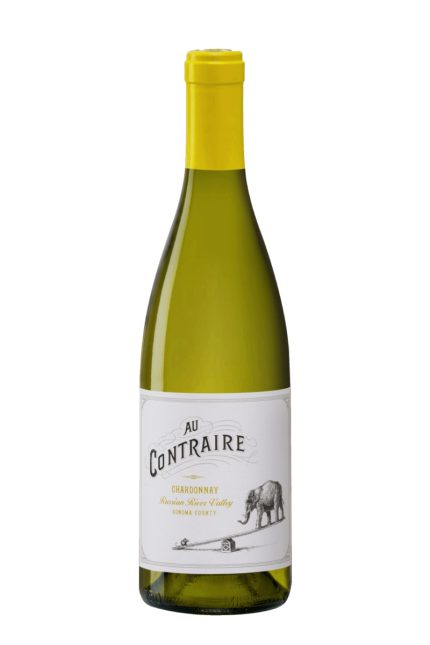
Introduction to Chardonnay
Chardonnay is one of the most popular and widely recognized white wine varieties in the world. Known for its versatility, it can be found in a range of styles, from crisp and refreshing to rich and oaky. This grape variety has a storied history and plays a significant role in the global wine industry, making it a favorite among wine enthusiasts and casual drinkers alike.
The Origins of Chardonnay
chardonnay wine is believed to have originated in the Burgundy region of France. Its name is derived from the village of Chardonnay, which is situated in the Mâconnais subregion. The grape is thought to be a cross between Pinot Noir and Gouais Blanc, two varietals that were cultivated in ancient times. The first recorded mention of Chardonnay dates back to the 14th century, but it wasn’t until the 20th century that it gained international acclaim.
Growing Regions
Chardonnay is cultivated in many wine regions around the world, each imparting unique characteristics to the wine based on climate, soil, and winemaking techniques. Some of the most notable regions include:
- Burgundy, France: The spiritual home of Chardonnay, Burgundy produces some of the most sought-after wines in the world, particularly from the Côte de Beaune and Chablis. These wines often exhibit complex flavors and a minerality that reflects the region’s terroir.
- California, USA: California is known for producing a wide range of Chardonnay styles, particularly from regions like Napa Valley and Sonoma County. Here, the wines can range from lush and buttery to bright and zesty, depending on the winemaker’s approach.
- Australia: Regions such as Margaret River and the Adelaide Hills are known for their excellent Chardonnays, often featuring vibrant fruit flavors and balanced acidity.
- New Zealand: Known for its cool climate, New Zealand produces Chardonnay that is fresh and fruit-forward, often with a crisp acidity.
- South Africa: With a growing reputation for high-quality Chardonnay, South Africa’s wines often combine fruitiness with a touch of oak.
Characteristics of Chardonnay
Chardonnay is a chameleon of a grape, easily adapting to its surroundings. Here are some key characteristics that define Chardonnay wines:
- Aroma and Flavor Profile: Chardonnay can exhibit a wide range of aromas and flavors, including green apple, pear, citrus, tropical fruits, and stone fruits. In warmer climates, it may take on more exotic fruit notes, while cooler regions often highlight acidity and minerality.
- Body: Depending on the winemaking process, Chardonnay can be light and crisp or full-bodied and creamy. Malolactic fermentation, which converts sharp malic acid to softer lactic acid, can give wines a buttery mouthfeel.
- Oaking: Many Chardonnays are aged in oak barrels, which adds complexity and flavors of vanilla, toast, and spice. The level of oak influence varies significantly among producers, resulting in either a pronounced or subtle oak character.
Winemaking Techniques
The production of Chardonnay can significantly impact its final profile. Here are some common winemaking techniques:
- Fermentation: Chardonnay can be fermented in stainless steel to preserve its fresh fruit character or in oak barrels to introduce complexity. Some winemakers utilize both methods.
- Malolactic Fermentation: This secondary fermentation process softens acidity and can contribute buttery flavors. It is a common practice in regions like California.
- Aging: The aging process can vary from a few months to several years, depending on the style the winemaker aims to achieve. Sur lie aging (aging on the yeast lees) can enhance the wine’s texture and complexity.
- Blending: While Chardonnay is often bottled as a single varietal, it can also be blended with other grape varieties, such as Pinot Noir and Pinot Blanc, particularly in the production of sparkling wines.
Pairing Chardonnay with Food
Chardonnay’s versatility makes it an excellent partner for a variety of dishes. Here are some classic pairings:
- Seafood: The crispness of a Chablis pairs beautifully with oysters, while a fuller-bodied California Chardonnay complements richer seafood dishes like lobster or crab.
- Poultry: Roasted chicken or turkey with creamy sauces pairs well with both oaked and unoaked Chardonnays.
- Pasta: Dishes featuring creamy sauces, such as fettuccine Alfredo, harmonize with the smoothness of oaked Chardonnay.
- Cheese: Soft cheeses like Brie or Camembert are a delightful match, as are aged cheeses like Gouda.
The Global Chardonnay Scene
chardonnay wine continues to evolve, with producers experimenting with new techniques and styles. The rise of natural winemaking and organic farming practices has also influenced the way Chardonnay is produced. Additionally, wine enthusiasts are increasingly interested in exploring lesser-known Chardonnay regions, discovering unique expressions that challenge traditional notions of this classic varietal.
Conclusion
Chardonnay’s enduring popularity is a testament to its versatility and appeal. Whether you prefer the bright acidity of an unoaked Chablis or the creamy richness of an oaked Napa Valley Chardonnay, there’s a style to suit every palate. As you explore the world of Chardonnay, you’ll discover not only its diverse flavor profiles but also the cultural and historical significance that this remarkable grape brings to the world of wine. So pour yourself a glass, savor the flavors, and enjoy the journey that Chardonnay offers.